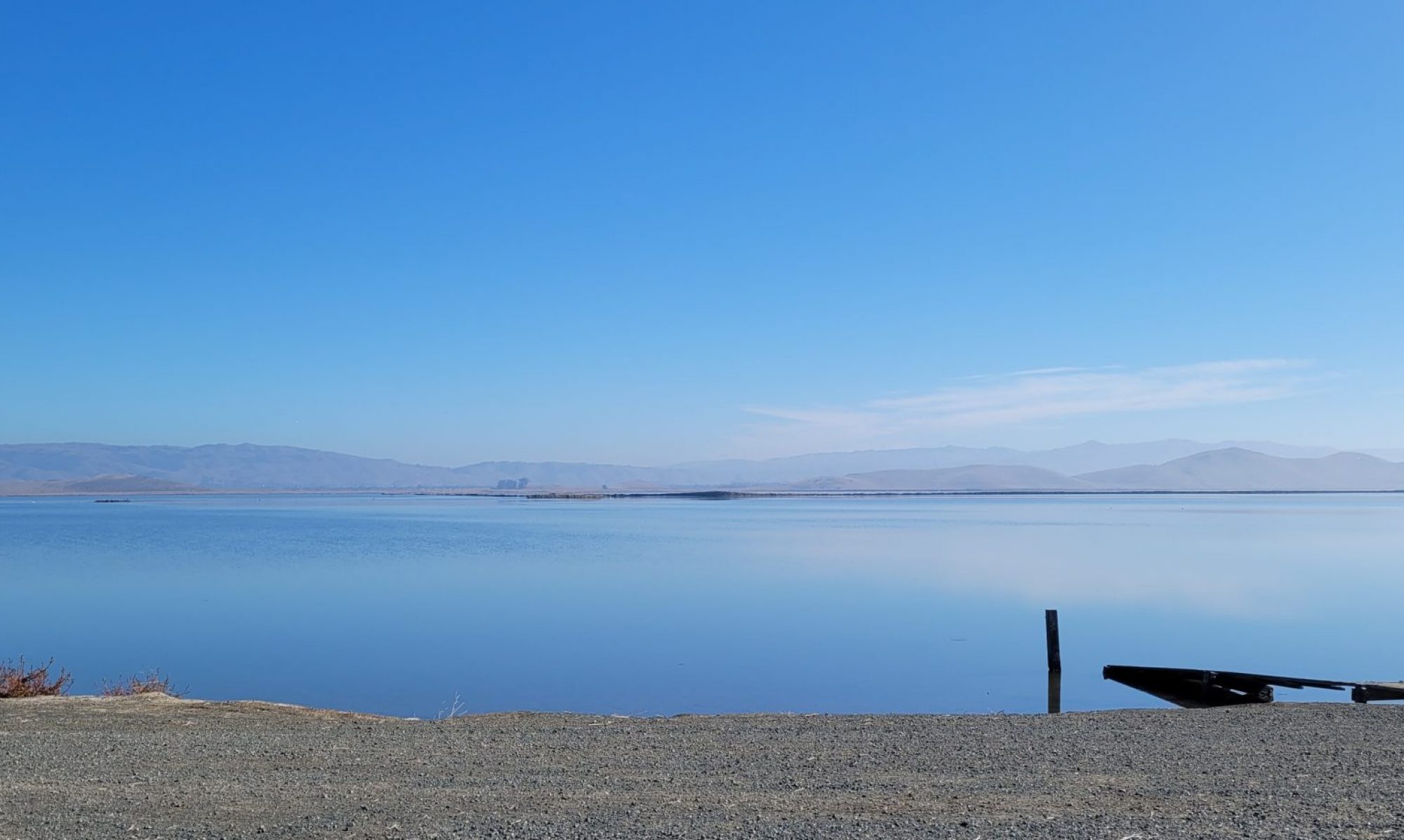Dinosaurs had a lot of skin in the game, even though it’s rather hard to find it 200 million years later. They did have a lot of skin in general. That process of fossilization I described back in letter “F” replaces bone with minerals, though. Skin has to be preserved in a completely different way. It must be mummified, i.e., geologically captured in a unique set of circumstances that don’t allow it be replaced with anything. Skin is tricky to discover.
But there are a few examples, and they can tell us plenty about what the reptile rulers were like.

Dino-Mummies
It’s difficult for dinosaur skin to be found intact, but miners in Canada managed to find an exquisitely preserved–it can hardly be called anything else–nearly full skin, complete with horn edges and the face of a type of ankylosaur. This was a nodosaur that they called Borealopelta, meaning “northern shield,” in reference to its discovery origin and covering.
The circumstances of preservation were unusual. Our Borealopelta fell into water when it died, then flipped upside-down. That wasn’t particularly odd as corpses do float after death, typically filling with gases. Perhaps because its thick top layer was so much heavier than the dead, soft underside, the dead animal turned belly-side up, then sank into the mud. It was held fast and did not decay, the sands inside the water acting in this case as a mummifying agent rather than as a conduit to replace living tissue with rock.
When the Canadian paleontologist pulled it out they saw a beautiful set of scales, clearly defining the horns that had long been known as stubborn resistance to predators. Yet they also found something else in the skin. There were remnants of skin-marking melanosomes, the organic things that create coloration and pigmentation.
Continue reading “S is for Skin”



